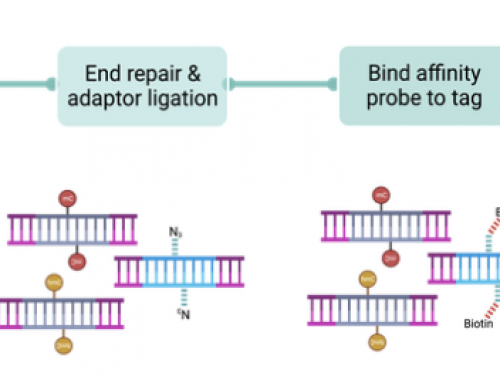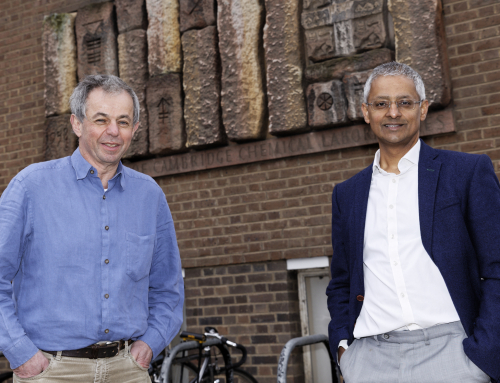iSeq!
Illumina’s newest sequencer is the iSeq 100 and costs just $19.5k. Expect 4 million reads, up to 1.2 Gb, in 9-17 hours (approximately 2-3 minute cycle times estimated from the iSeq specifications).
This is the deliverable from Project Firefly first mentioned by Jay Flatley at AGBT a couple of years ago. It uses CMOS semiconductor chips that can run Illumina SBS chemistry but this version is a single-colour variant. Helpgfuly Illumian released a decsription of the SBS changes and this includes the very useful pictorial guide to chemistry I included below.

The standard four-channel SBS chemistry uses a different dye for each nucleotide, NextSeq uses two-colour SBS with two dyes on the A and nothing on G (the dark base), iSeq uses one-color SBS with two chemistry steps, and two imaging steps per sequencing cycle. It works by generating a binary signal for each base: A (1,0), G (0,0), T (1,1) and C (0,1). This is accomplished by using a removable label on Adenine which is cleaved before the second imaging step generating the 1,0 signal; G is never labeled giving a 0,0 signal, T is permanently labelled so generate 1,1 and C. Cytosine has a linker group that can bind a label and is labeled in the second image only. Thymine has a permanent fluorescent label and is therefore labeled in both images, 1,1.
Clustering happens directly over nanowells (something I suggested in an April Fools post back in 2013) that contain photodiodes using ExAmp (And Keith already pointed out that iSeq will need the same barcode switching fixes as NovaSeq).
The CMOS sensor detection in a mass-produced consumable removes all/most of the optics in the sequencer making this the simplest instrument Illumina have. This is likely to give credence to the statement that field servicing won’t be necessary!

Who’ll use iSeq:
Illumina are aiming iSeq at targeted sequencing (and Ampliseq is now available on Illumina !), bacterial and viral sequencing. Users sequncing BACs or other libraries on Sanger may see real advantages to using iSeq. Whilst larger yields might be coming (see next para) I think even smaller yields might be attractive – if the price per run is low enough.








Leave A Comment